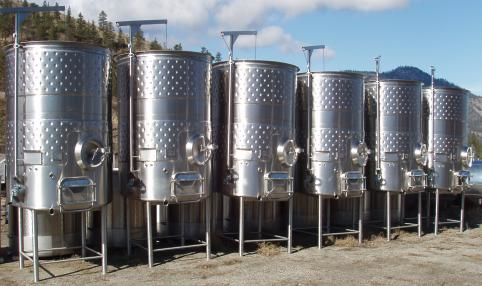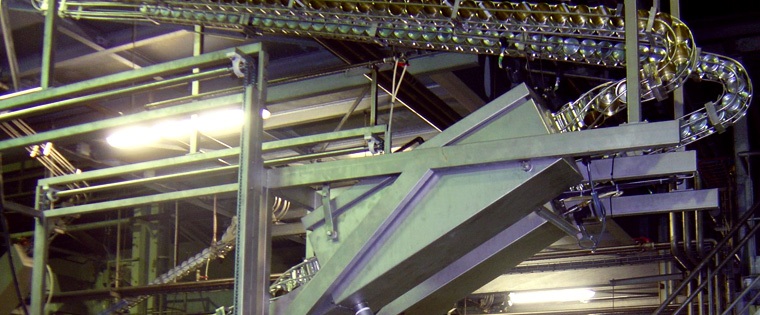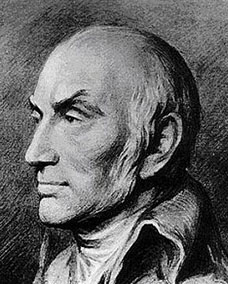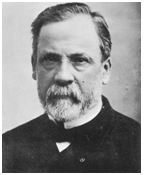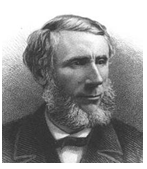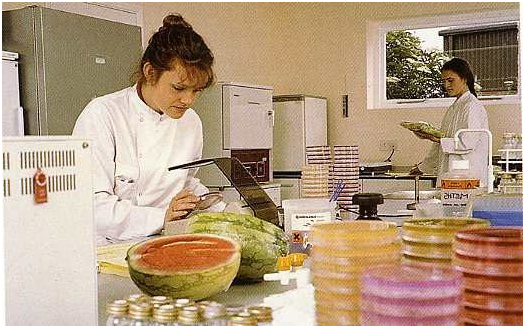Introduction Fermentation stands as a fundamental and versatile process across multiple scientific and industrial disciplines, […]
Tag: food microbiology
FOOD BORNE DISEASES
Food borne diseases are diseases caused by the ingestion of food borne pathogens. They are […]
APPERTIZATION
Appertization is simply defined as the heat-treatment of food at certain temperature levels that inhibit […]
PASTEURIZATION
Pasteurization is simply defined as the process of heating food during its production in order […]
FOOD PRESERVATION
Food preservation is the technique used to prevent food spoilage. It encompass all the methods […]
NICOLAS APPERT (1749-1841)
Nicolas Appert, a French chef and a confectioner is the “father of canning”, and was […]
LOUIS PASTEUR (1822-1895)
Louis Pasteur, a French scientist was the first to report the role of microorganisms in […]
JOHN TYNDALL (1820-1883)
One of the traditional arguments against abiogenesis was the claim that the heat used to […]
Introduction to Food Microbiology
Food microbiology is the branch of microbiology that deals with methods for keeping microorganisms (especially […]


